When I was a freshman in high school, I found out I had a pretty intense intolerance to gluten. After I figured out what gluten actually was, I had to completely rework my way of thinking, including getting creative with trying my best to eat “normal.” Here are the top 8 questions/comments I receive on a daily basis about my allergy.
1. “How do you survive?”

Photo by Olivia Chadwick
Okay. I’m obviously still alive. There are plenty of options out there now, from gluten-free breads to burger buns, and cakes to cookies. I promise we aren’t starving, there’s just a little more creativity required on our end.
2. “Where can you eat out? Aren’t restaurants terrible with cross contamination?”
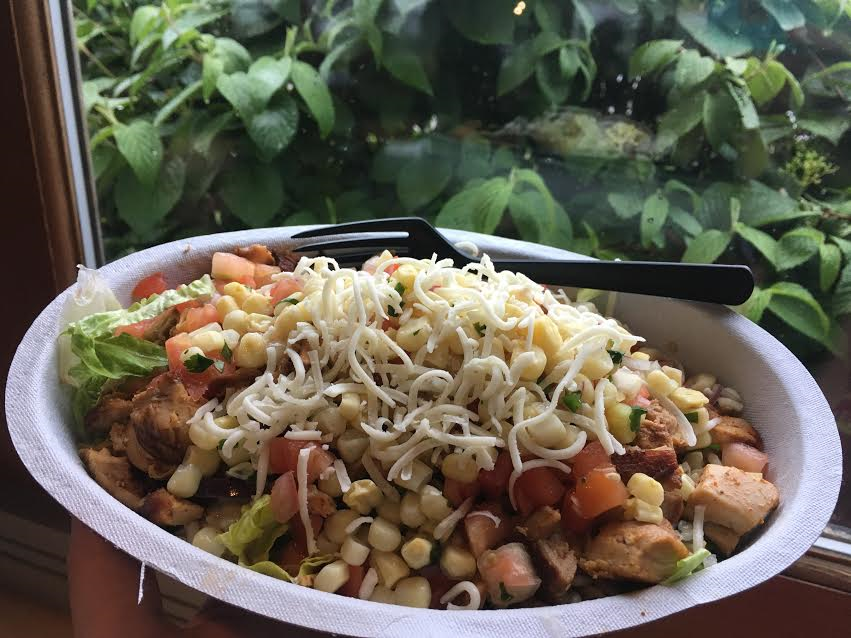
Photo by Olivia Chadwick
Yes and no. Sometimes I need to be careful with what I order. French fries could be cooked in the same fryer as fried chicken, for instance. Other restaurants (and there are more and more emerging) are proudly serving gluten-free products in a certified kitchen, where there is no danger of cross contamination. My advice is to be careful and order something that is easy to decipher ingredients-wise.
3. “You can’t eat pizza. That’s the entire college experience.”
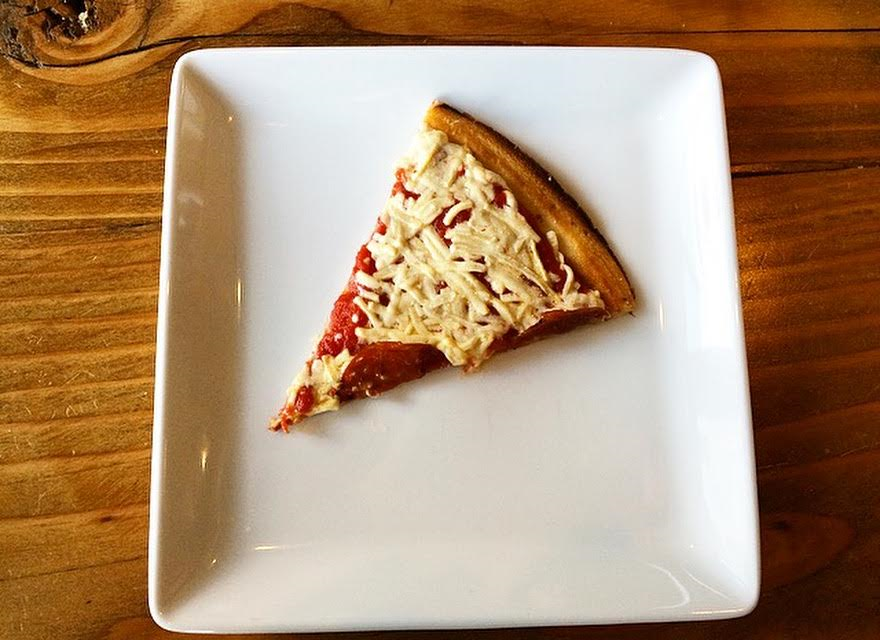
Photo by Olivia Chadwick
Calm down. Gluten-free pizzas are more popular than ever, and for a couple extra bucks, I can eat the same thing you are (somewhat).
4. “Gluten-free baking is terrible.”
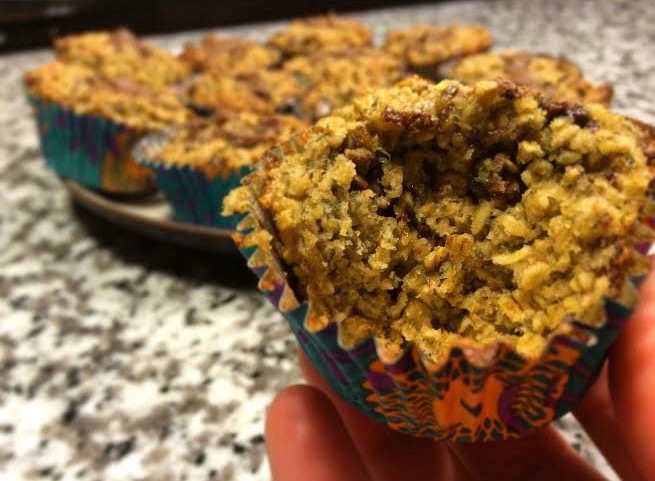
Photo by Olivia Chadwick
As an avid baker, I can definitely see a difference between regular baked goods and gluten-free baked goods. The flour base for gluten-free contains a combination of flours, including almond, sorghum, rice, and oat flour. Although gluten-free baked goods have a reputation of falling apart and tasting bland, the industry is getting better and with a little creativity, it doesn’t taste too bad.
5. “Why is it so expensive?”
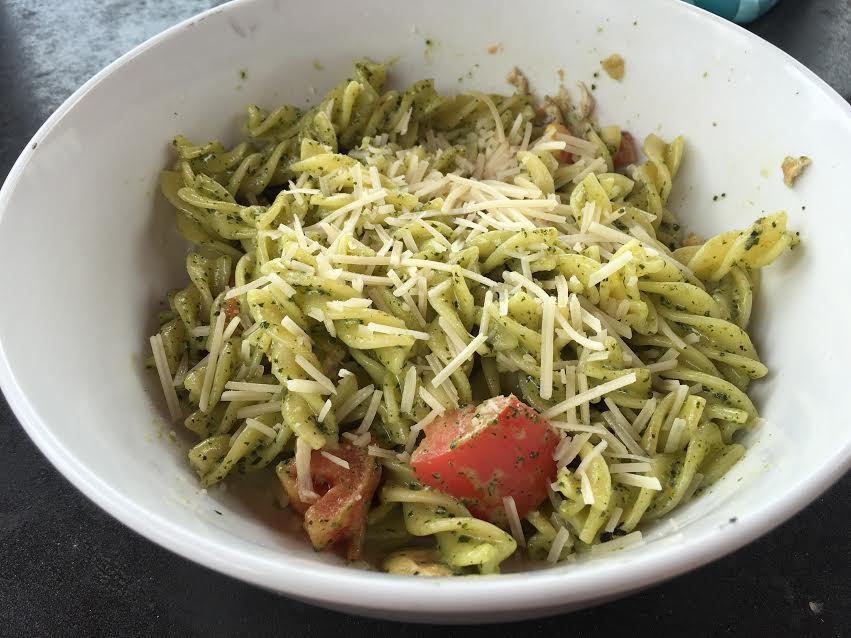
Photo by Olivia Chadwick
Gluten-free products are more expensive because of different processing techniques (which can be a hassle) and the combination of flours. Unfortunately, a loaf of gluten-free bread can top $7.00, while cheap white bread sits at under $2.00. Most of our money is spent on food (at least mine is!).
6. “You can’t have beer?”
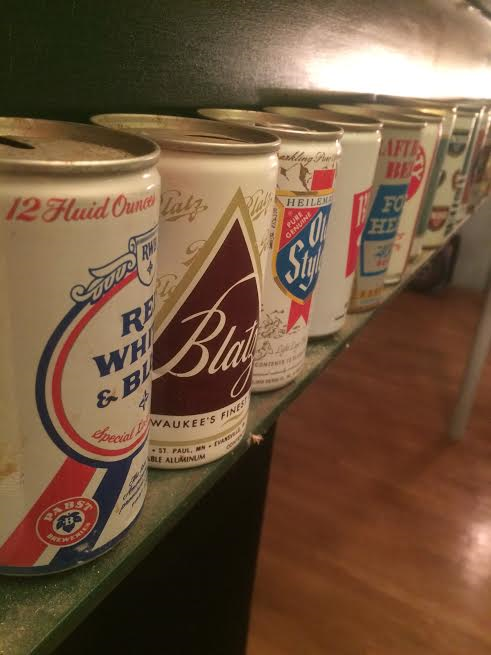
Photo by Olivia Chadwick
No, beers are processed and contain barley, a gluten’s paradise. Fortunately, there are new companies that sell gluten-free beer that have become very popular. Not to fret, we can get drunk too. One of the most common gluten free alcohols is Angry Orchard hard apple cider.
7. “I bet all you eat is salad.”
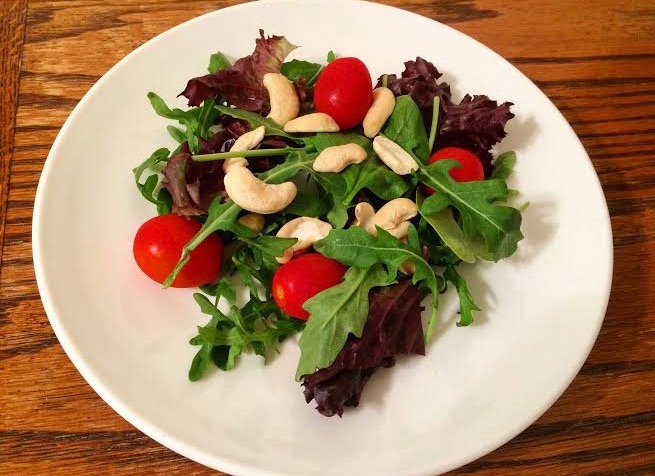
Photo by Olivia Chadwick
I am personally a big fan of eating salad, so yes, I do eat a lot of it. But just because I can’t eat everything you can, doesn’t mean I live off of lettuce. There are baked potatoes, gluten-free pasta dishes, soups, meat dishes, and burgers to satisfy anyone’s craving. Most restaurants offer gluten-free options for the normal dishes; with a small fee, you can eat the same delicious pasta dish from Noodles and Company as your best friend.
8. “What happens when you eat gluten?”
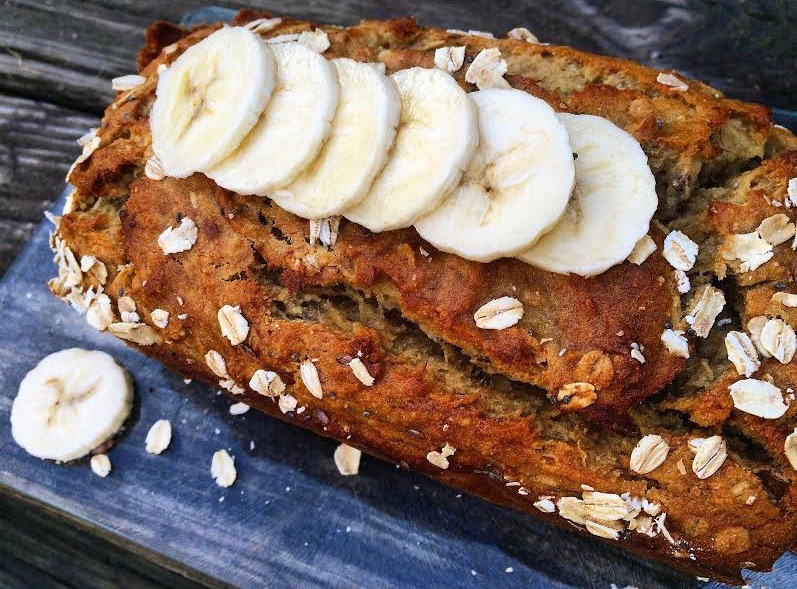
Photo by Olivia Chadwick
This is the most common question I receive on a daily basis. When people think allergy, they think anaphilactic shock and death, such as a peanut allergy. Gluten intolerance and Celiac disease are both very serious, but the symptoms are more internal. Gliadin, the primary toxin in gluten that we cannot digest, destroys the lining of our intestinal wall, making it harder to absorb nutrients.
Symptoms can range from a stomachache, headache, exhaustion, muscle/joint aches, cramps, throwing up, and sometimes… nothing at all. Usually within 1-3 days, I am back to normal. The moral of the story is eating gluten-free isn’t as difficult as it seems, and it’s now easier than ever to avoid gluten yet still eat delicious and satisfying foods.


